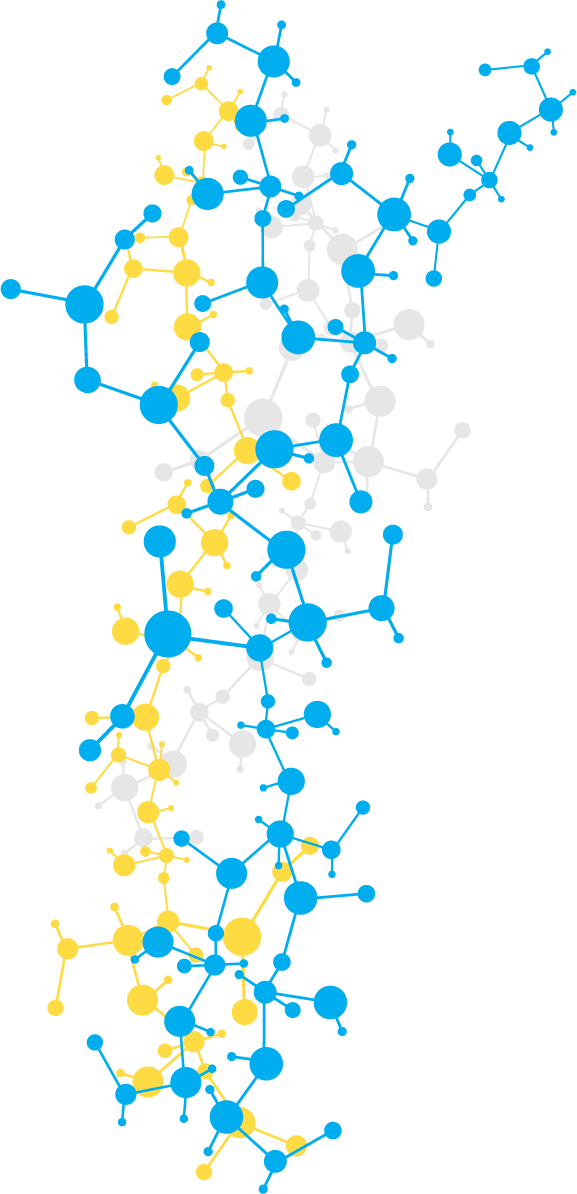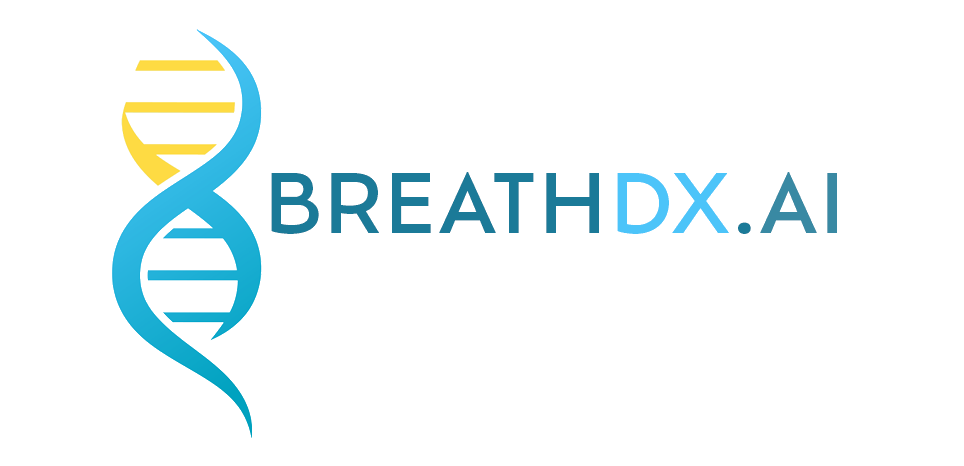The Technology
Gas Chromotography
Breath Analysis
Breath analysis dates back to 400 B.C., when Greek physician Hippocrates used breath to detect diseases. Modern breath analysis started in 1970s when Nobel Laureate Linus Pauling (2 time Nobel prize awardee) used gas chromatography (GC) and found hundreds of volatile chemical compounds in a breath sample.
Gas Chromatography
Gas chromatography (GC) is a common type of chromatography (developed in 1903) which is used in analytical chemistry for separating and analyzing compounds that can be vaporized without decomposition. Typical use of GC technology include testing the purity of a particular substance or separating the different components of a mixture.
VOCs
Gases in a person's breath produce >100 VOCs (Volatile Organic Compounds) which present themselves as breath biomarkers for various diseases
Breath Biomarkers
Breath biomarkers were discovered by Dr Linus Pauling at Stanford University in 1971. In the past 50 years, numerous studies have shown that those compounds in breath reflect metabolism of the human body responding to inflammation, infection, and medical intervention, or of bacteria or viruses residing inside the human body.




